Where to install acoustic panels for optimal effectiveness
Written by
30 March 2025
•
4 min read
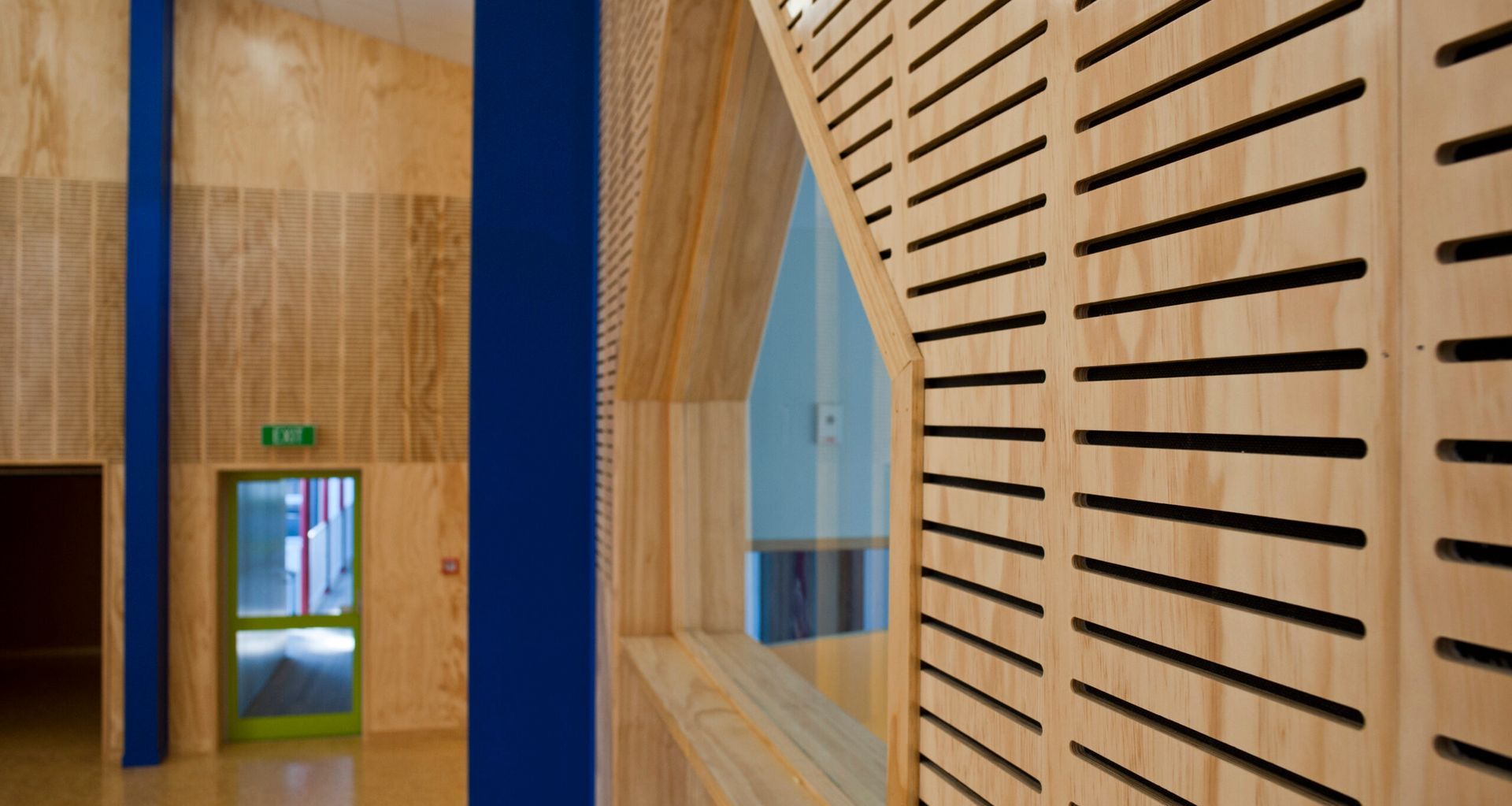
What are acoustic panels?
Acoustic panels are sections of lining designed to improve the acoustics of a commercial or residential room. Not only can they be a stylish addition to a specifier's project, but the benefits of using acoustic panels include enhanced living experiences and reduced sound competition in shared spaces.
“An acoustic panel is a panel that will absorb sound and stop it bouncing back into the room, or reverberation as known in the industry," explains Craig Hooper, Sales Engineer at Hush Panels. “The slots allow the sound to pass through the panel and be captured behind within the wall cavity, preventing it from reverberating or echoing back into the room.”
Established in 2011, Hush Panels are manufactured by Cooper Webley Joinery in Nelson. They can be customised to fit any size, finish, and fire rating, and are delivered throughout New Zealand.
"Everything is manufactured and handled in-house. From the programming through to development, machining and then dispatch; all out of the South Island," says Craig.
Where to install acoustic panels for your project
Craig recommends first considering your space and its use, citing commercial, hospitality and residential applications will vary.
1. Commercial environments
Commercial buildings are often busy and designed with open spaces and hard surfaces. Therefore, panels should be strategically installed on ceilings and walls in high-traffic areas and near noisy equipment to reduce reverberation and background noise.
“For the reception, acoustic panels should be installed around the counter and on the wall behind the receptionist themselves to reduce noise when speaking and listening to customers, in person or over the phone,” says Craig.
2. Hospitality settings
Acoustic panels are ideal in cafes and restaurants, improving the ambience and aesthetics of the venue. Craig’s recommends adding panels to ceilings and walls, especially in areas where people gather or order. Wall panels help to absorb chatter and noise from the kitchen and coffee machines, while ceiling panels can stop sound from bouncing around the open spaces. Craig explains, “Thoughtful placement contributes to a more inviting venue without customers competing to be heard in conversations.”
3. Residential homes
For personal residences, Craig notes identifying spaces where noise is most disruptive, such as living rooms, kitchens and home theatres. By strategically placing panels in these locations reduces noise levels to create a more peaceful living environment.
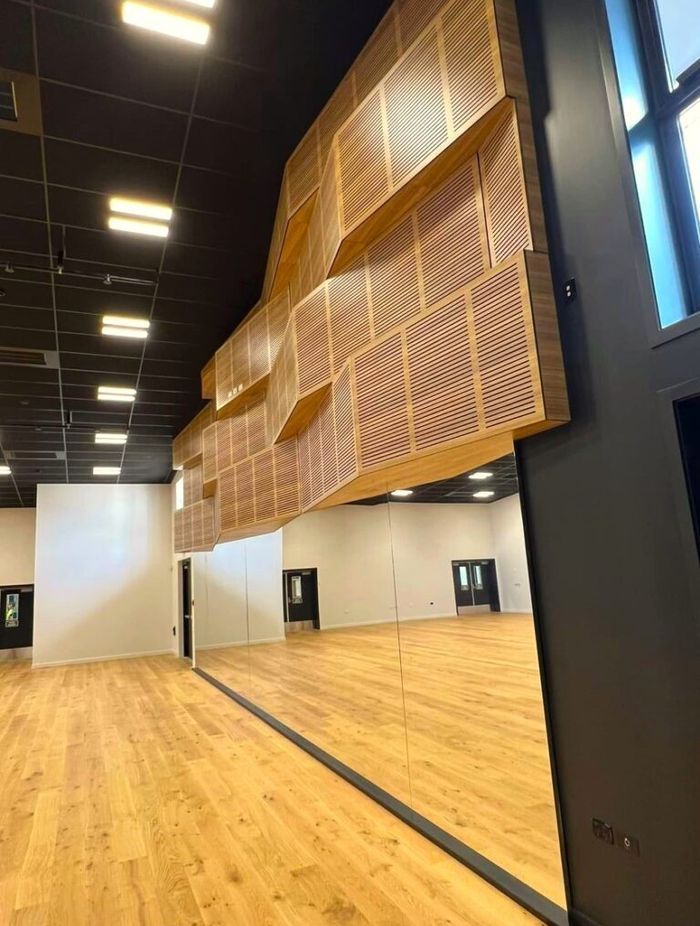
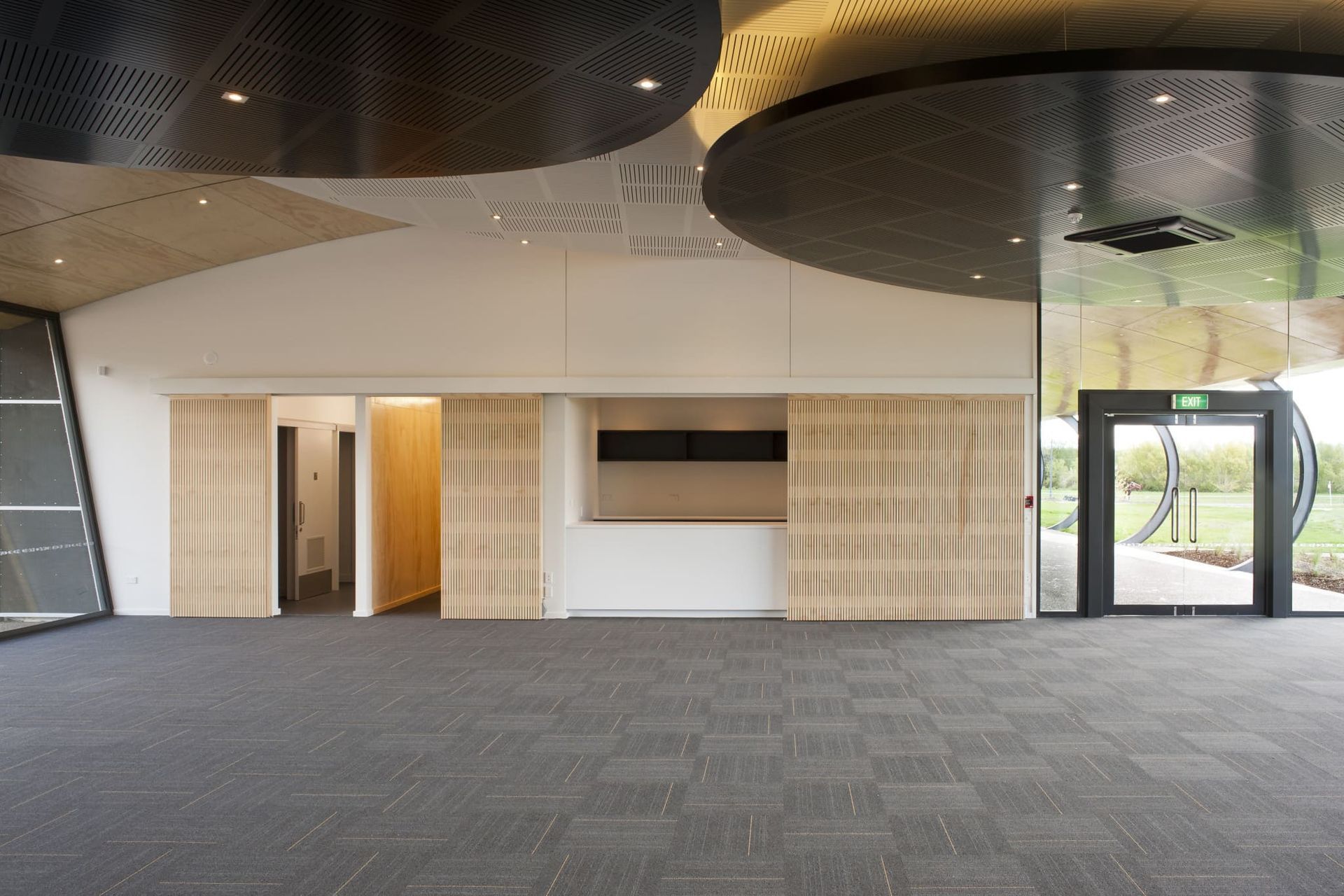
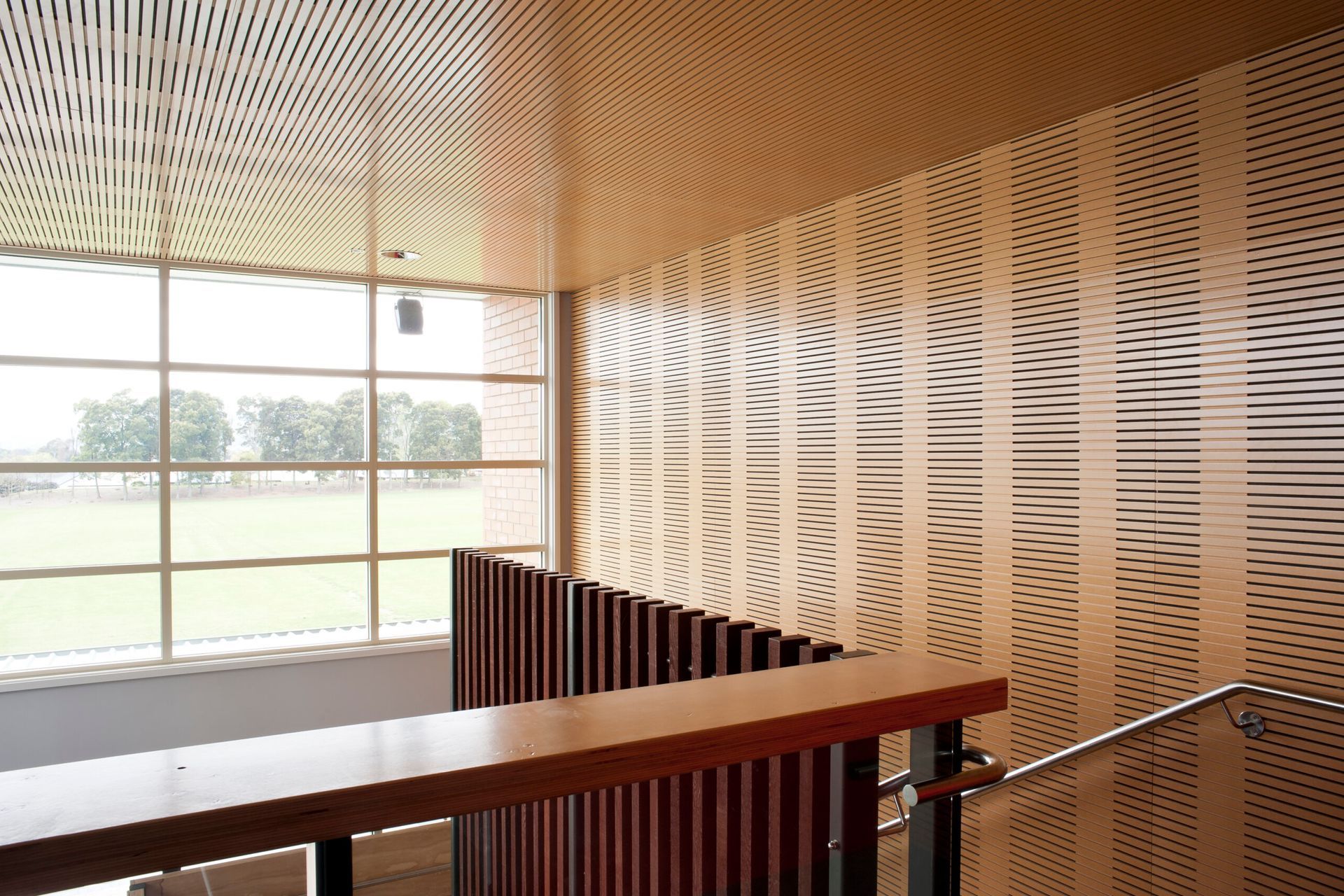
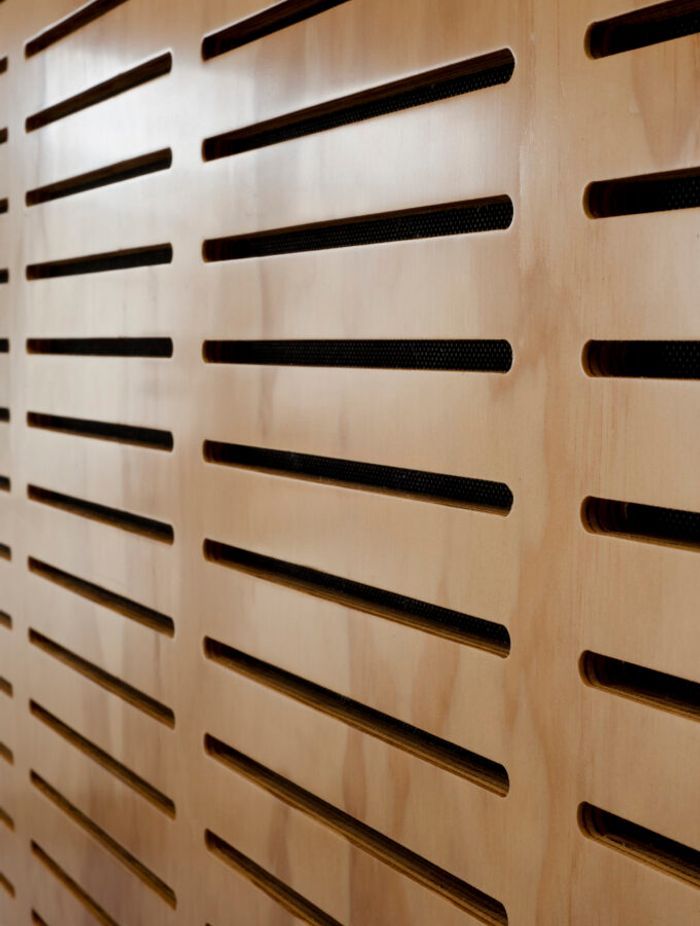
How are acoustic panels installed?
When it comes to installing acoustic panels, Craig advises simple wall-based mounting practices are standard.
This involves using brackets or adhesive to securely fix the panels to walls or ceiling. He recommends using concealed fixing methods to maintain aesthetics by hiding visible mounting hardware.
Hush Panels can machine conceal fixing points in the panels for convenience.
Custom acoustic panels for NZ specifiers
When asked if acoustic panels were becoming more popular among architects and designers, Craig remarked, “Yes, Architects and their clients are favouring harder surfaces within their designs, such as expansive glass windows and concrete walls and floors. Sound doesn’t absorb well into these surfaces and will bounce around the room; making for an uncomfortable venue, office or home.”
“Hush Panels is a timber-based acoustic panel,” says Craig. “They come in a standard sheet size of 2400 x 1200 millimetres, and from there, we can manufacture down to any size panel they require.”
Craig adds, "What specifiers and homeowners like with Hush Panels is that they come in a range of finishes to choose from, which they can then modify in colour, pattern, or even to a timber veneer, which a lot of architects like working with."
Aside from its collection of standard patterns, Hush Panels takes it one step further and works directly with architects to develop customised panels for specific projects
Learn more about where to install acoustic panels for your project by reaching out to Hush Panels on ArchiPro today.
